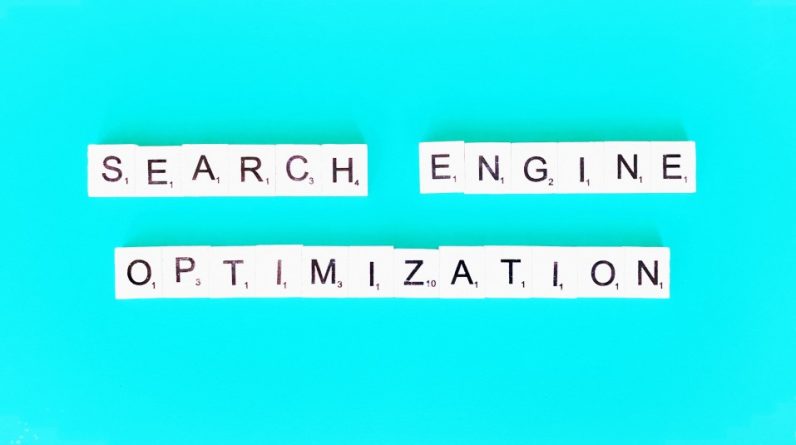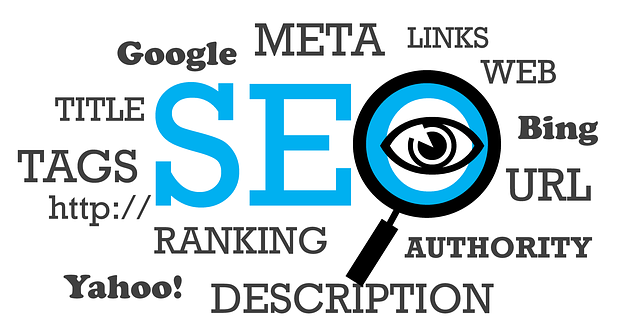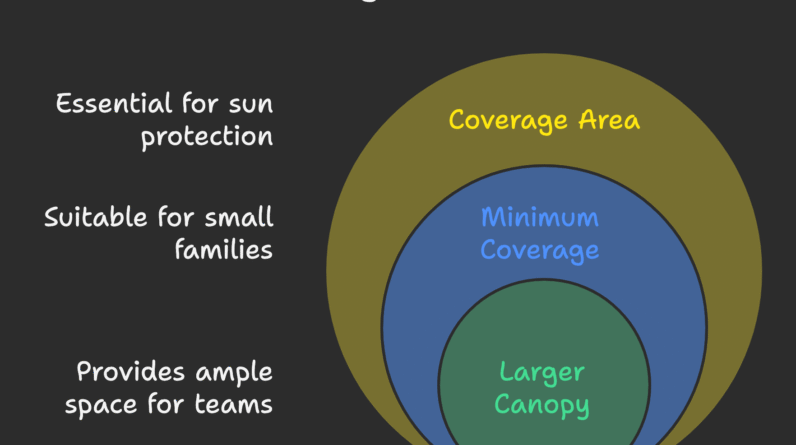
What is SEO
Understanding the mechanics of visibility in the digital landscape is critical for any business aiming to thrive online. The question of what is SEO cuts to the core of how websites connect with audiences through search engines like Google, Bing, and Yahoo. This practice is also commonly referred to as search engine optimization (SEO), highlighting its focus on optimizing for search engine rankings. SEO, or search engine optimization, is the strategic process of enhancing a website’s structure, content, and authority to rank higher on search engine results pages (SERPs) for relevant search queries. In other words, seo search engine optimization involves a set of techniques designed to improve website visibility and attract targeted, organic traffic. The seo market is a rapidly growing industry, playing a significant role in digital marketing and offering expanding career opportunities. It’s about aligning your online presence with how search engines work, ensuring your site is discoverable, relevant, and authoritative. This page unpacks the essence of what is SEO, its core components, practical examples, and whether you can tackle it independently, delivering actionable insights to amplify your brand’s digital footprint.
Defining SEO and Its Core Mechanics
SEO stands for search engine optimization, a multifaceted discipline that optimizes web pages to improve their visibility in organic search results. At its heart, SEO revolves around understanding search intent—what users seek when they type a search query—and tailoring your website to meet those needs. Optimizing your site in this way helps search engines understand your website’s content and connect it to relevant queries. Search engines like Google use complex algorithms to rank web pages, analyzing important ranking factors like relevant keywords, high-quality content, site structure, and page speed. For instance, companies like Moz and SEMrush have built empires by providing SEO tools that help businesses decode these ranking factors, offering insights into keyword research (including the use of a keyword research tool to identify relevant keywords and analyze competition), competitor analysis, and performance tracking.

How Search Engines Operate
The process begins with search engine crawling, where search engine crawlers (or bots) scan websites to index their content. Search engines discover pages through links—both internal links within a site and external links from other relevant websites. Once indexed, search engines analyze content to determine its relevance to a search query. Search engines rank pages based on factors such as relevance, quality, and user experience, which together determine their position in the search engine results pages (SERPs). Tools like Google Search Console provide data on how search engines understand your site, revealing issues like broken links or poor core web vitals that can hinder performance. This analysis directly affects how your pages appear as a search result, influencing their visibility and ranking in SERPs. For example, a slow-loading page can tank your search rankings, as page speed is a critical factor in user experience, which search engines prioritize.
The Four Pillars of SEO
SEO operates through three primary pillars: on-page SEO, off-page SEO, and technical SEO, with a fourth, local SEO, gaining prominence for location-based businesses. On-page SEO focuses on optimizing elements within a website, such as title tags, meta descriptions, and relevant content. Optimizing website content is essential for both users and search engines, as it helps search engines crawl, index, and rank your site more effectively. For instance, a well-crafted title tag incorporating a target keyword like “best running shoes” can boost click-through rates. Additionally, optimizing for target keywords throughout the page, including in images and their alt text, further enhances SEO rankings and page optimization for specific search terms. Off-page SEO centers on building authority through link building and social signals, often leveraging authoritative websites like Forbes or industry blogs. Technical SEO ensures search engines can crawl and index a site efficiently, addressing issues like structured data and mobile-friendliness. Local SEO, meanwhile, optimizes for location-specific searches, helping businesses like Starbucks appear in “coffee shop near me” search results.

Real-World SEO Examples
To illustrate what is SEO in action, consider a real-world example: REI, the outdoor retail giant, dominates search rankings for terms like “hiking gear” through meticulous keyword research and on-page SEO. Their product pages use relevant keywords, clear internal links, and structured data to help search engines understand their offerings. Optimizing the website’s content is also crucial, as it ensures both search engines and users find value and relevance in each page. Similarly, Search Engine Land, a leading industry publication, ranks highly for SEO marketing topics by publishing high-quality content and earning external links from authoritative websites. These examples show how SEO strategy aligns content with user intent, driving organic traffic.
Can You Do SEO Yourself?
Can you do SEO on your own? Absolutely, but it demands time, learning, and consistency. Small businesses or solopreneurs can use free tools like Google Analytics and Google Search Console to monitor performance and identify issues. Keyword research tools like Ahrefs or Ubersuggest help uncover relevant keywords to target. It’s essential to conduct keyword research as a foundational step in any SEO strategy, as it identifies the topics and keywords your audience is searching for and guides your content optimization. However, SEO success requires ongoing effort—updating content, fixing broken links, and building internal and external links. For instance, a blogger might optimize a post for “vegan recipes” by including a strong title tag, internal links to related posts, and outreach to food blogs for link building. While manageable, SEO can be complex, and many businesses hire agencies like Ignite Visibility to handle advanced technical SEO or local SEO.

Breaking Down the Four Types of SEO
The four types of SEO—on-page SEO, off-page SEO, technical SEO, and local SEO—form a comprehensive SEO strategy. On-page SEO involves optimizing web pages for search intent, using title tags, headers, and relevant content. Internal linking is also crucial in on-page SEO, as it helps establish content relationships and improves crawlability by connecting related pages within your site. Off-page SEO builds domain authority through link building and social media engagement. Technical SEO ensures search engines can crawl and index a site, focusing on core web vitals like page speed and mobile optimization. Local SEO targets geographic searches, leveraging tools like Google Business Profile to boost visibility. Each type addresses different aspects of how search engines work, creating a cohesive approach to search engine rankings.
Practical SEO Examples Across Industries
Understanding how the web and search engines interact is crucial for connecting users with the information they seek.
SEO examples abound across industries. Take HubSpot, a marketing software company, which excels in on-page SEO by creating in-depth blog posts optimized for search queries like “inbound marketing.” Their internal links guide users to related resources, enhancing site structure. Conversely, local SEO shines for businesses like a Chicago-based bakery appearing in search results for “best cupcakes Chicago.” Technical SEO examples include fixing broken links or implementing structured data to enhance search engine results, as seen on e-commerce giants like Amazon. Off-page SEO is evident when brands secure backlinks from relevant websites, boosting their domain authority.

SEO vs. Search Engine Marketing
The distinction between SEO and search engine marketing (SEM) is critical. While SEO focuses on organic search results, search engine marketing includes paid search campaigns, like Google Ads, which appear as paid search results above organic results. Combining SEO and search marketing maximizes visibility, as seen with companies like Zappos, which uses both to dominate search engine results pages. However, SEO remains cost-effective, driving long-term organic traffic without the recurring costs of paid search.
The Role of Search Engine Algorithms
Search engines rely on search engine algorithms to deliver relevant search results. These algorithms, like Google’s PageRank, assess ranking factors such as relevant keywords, page speed, and domain authority. Search engines understand content through structured data and natural language processing, making it essential to create high-quality content aligned with search intent. For instance, Google News prioritizes timely, authoritative articles for news SEO, as seen with publications like The New York Times.

Beyond Google: Other Search Engines
SEO isn’t just about Google; other search engines like Bing and DuckDuckGo also matter, especially for niche audiences. Each has unique ranking factors, but core principles like technical SEO and link building apply universally. For example, optimizing for Bing requires attention to site structure and relevant content, much like Google.
Synergy with Social Media Marketing
Social media marketing complements SEO by driving traffic and amplifying content. While social signals aren’t direct ranking factors, platforms like X can boost visibility, as seen with influencers sharing relevant content that earns external links. This synergy enhances SEO efforts, creating a virtuous cycle of engagement and authority.

Optimizing for Local SEO
Local SEO focuses on enhancing your online presence to attract customers in specific geographic areas. This is especially crucial for businesses with physical locations or those serving particular regions. By optimizing your website and online listings for local searches—such as “best coffee shop near me”—you can improve visibility in local search engine results pages (SERPs). Key strategies include creating and maintaining an accurate Google Business Profile, acquiring local citations, encouraging customer reviews, and ensuring your website is mobile-friendly and fast-loading. Local SEO helps you connect with nearby customers actively seeking your products or services, giving you a competitive edge in your community.
Measuring SEO Success
Tracking and analyzing SEO performance is essential to understand the effectiveness of your strategies and identify areas for improvement. Use tools like Google Analytics and Google Search Console to monitor key metrics such as organic traffic, keyword rankings, bounce rates, and conversion rates. Regularly reviewing this data helps you spot trends, uncover technical issues like broken links or slow page speed, and assess how well your content aligns with user intent. By measuring SEO success, you can make data-driven decisions to refine your SEO efforts, improve search engine rankings, and ultimately drive more qualified organic traffic to your website.
Essential SEO Tools and Resources
Leveraging the right SEO tools can streamline your optimization efforts and provide valuable insights. Popular tools include Google Analytics and Google Search Console for performance tracking and technical diagnostics, keyword research tools like Ahrefs and Ubersuggest to discover relevant keywords and analyze competition, and backlink analysis tools to support your link building strategy. Additionally, resources such as Search Engine Land offer up-to-date news and expert guidance on SEO best practices. Utilizing these tools and resources empowers you to implement a comprehensive SEO strategy, stay informed about algorithm changes, and continuously enhance your website’s visibility in search engine results.

Why SEO Matters
SEO is vital because it levels the playing field, allowing small businesses to compete with giants. SEO important lies in its ability to drive organic traffic, reducing reliance on paid search results. For instance, a startup using local SEO can outrank larger competitors in location-specific search results, capturing high-intent customers.
Staying Ahead in SEO
SEO success hinges on continuous adaptation. Search engine crawlers evolve, and search engines analyze new signals like core web vitals. Staying ahead requires monitoring tools like Google Analytics and reading Search Engine Land for updates. For example, recent algorithm changes emphasize user intent, pushing brands to refine keyword research and on-page SEO.
Conclusion
In conclusion, what is SEO? It’s the art and science of making your website a beacon for search engines and users alike. By mastering on-page SEO, off-page SEO, technical SEO, and local SEO, businesses can climb search rankings and drive organic traffic. Whether you’re a DIY enthusiast using Google Search Console or a brand partnering with experts like Neil Patel, SEO empowers you to shape your digital destiny. Start with keyword research, build internal links, and optimize page speed—your search engine results will reflect the effort.



